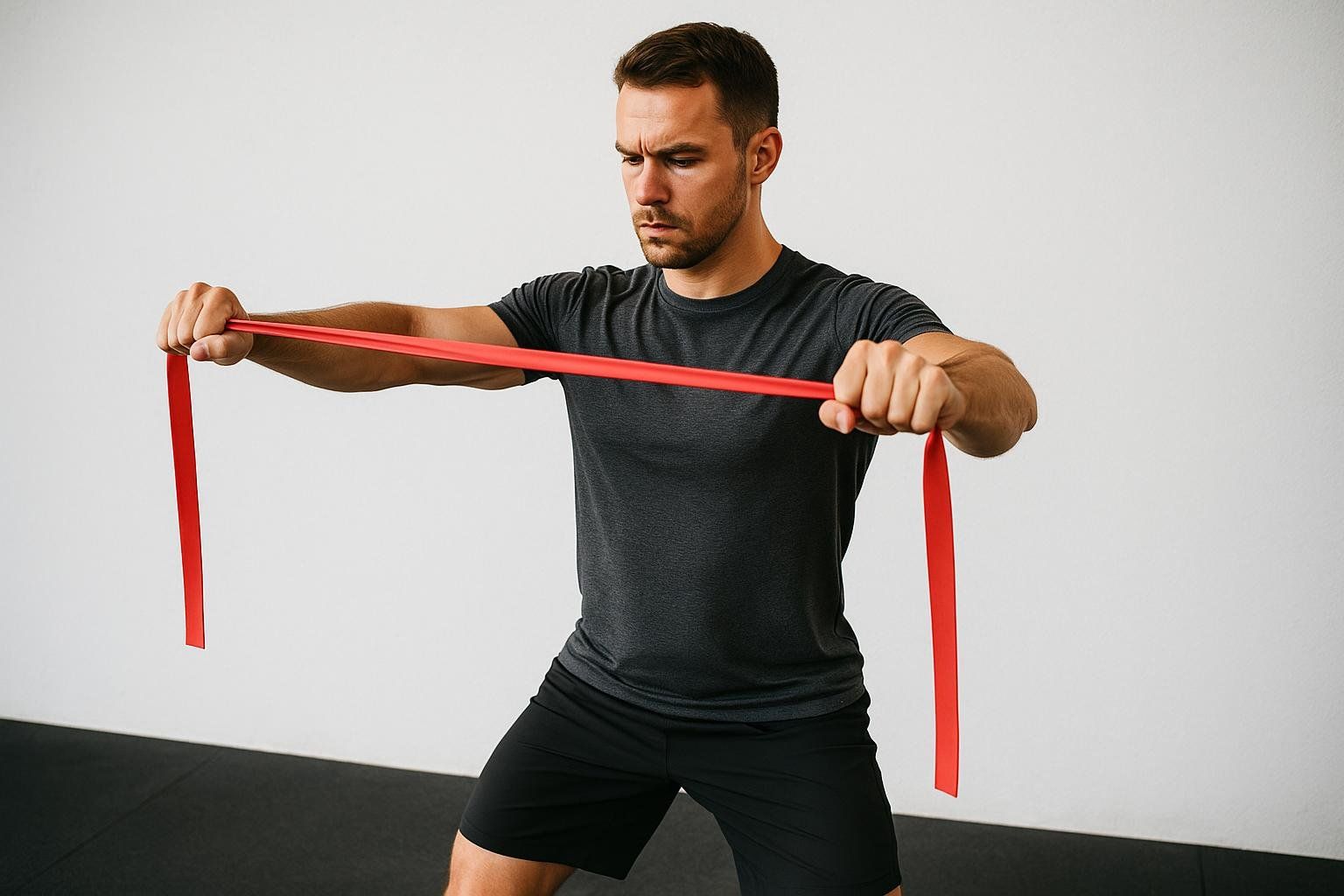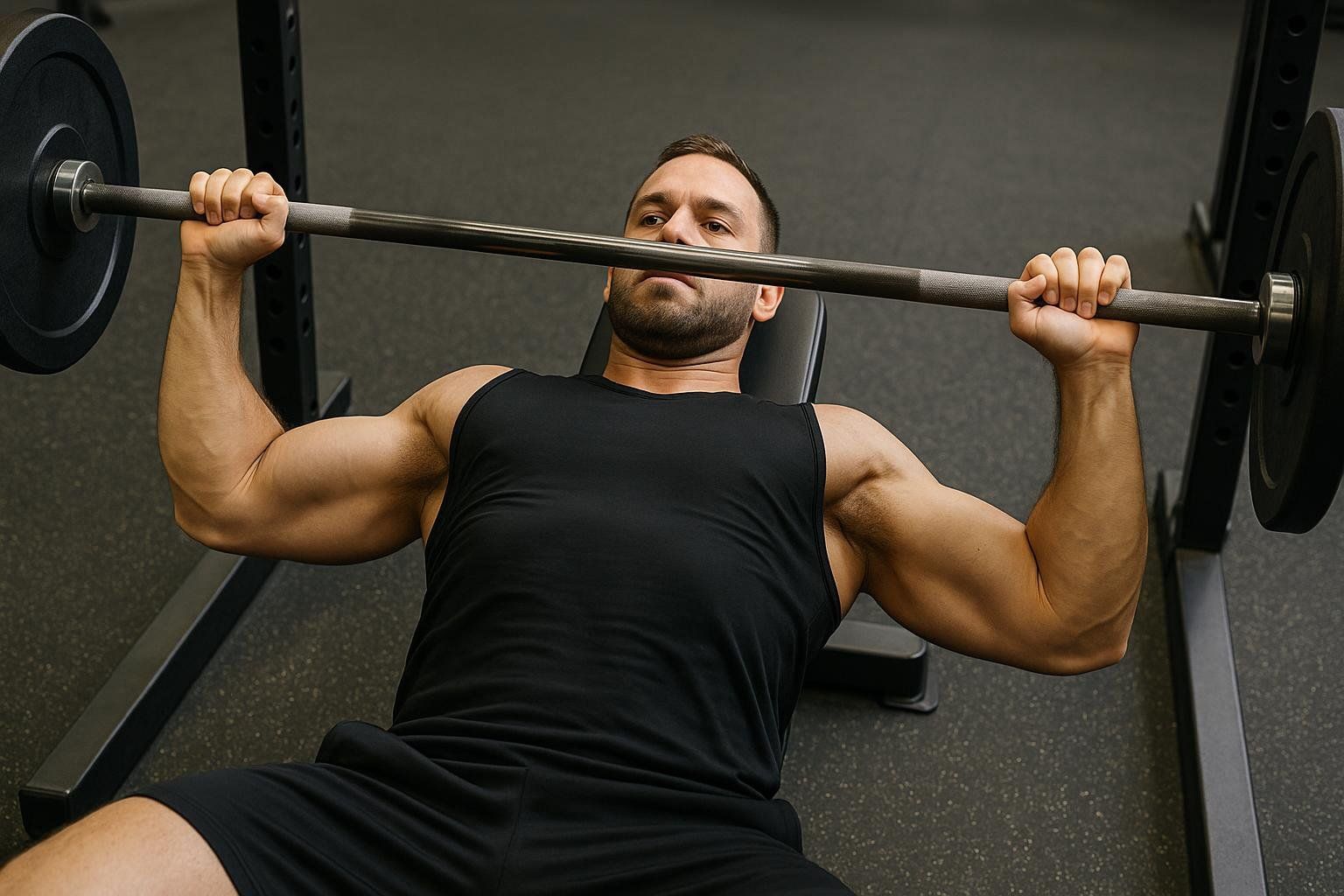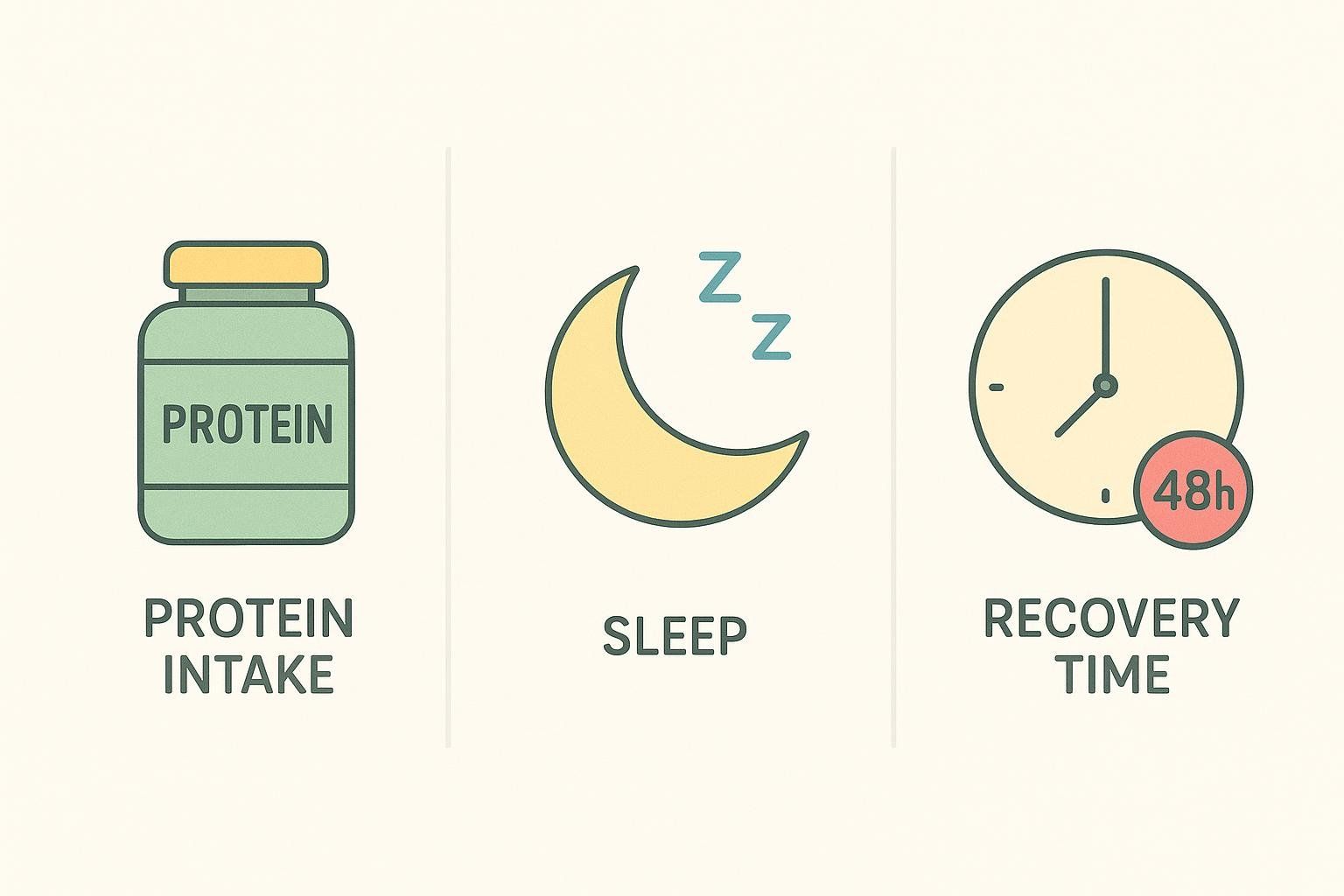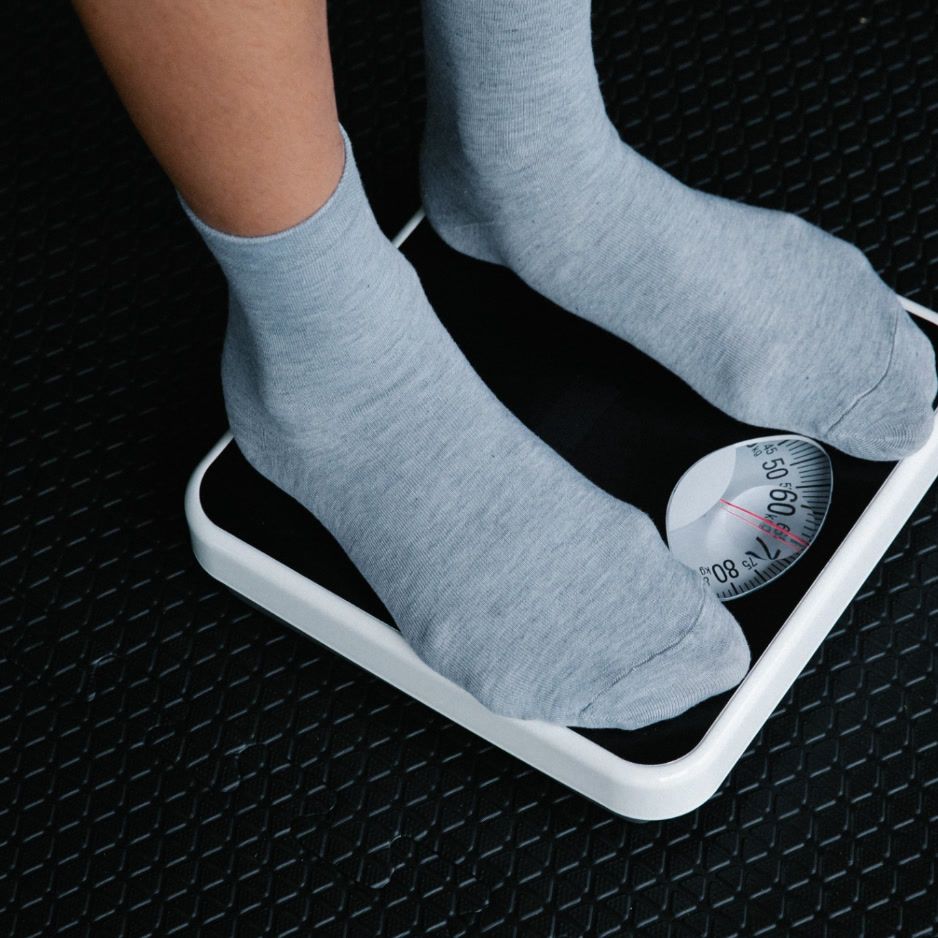Lower Chest Workout: Best Exercises and Training Plan

Lower Chest Workout: 8 Best Exercises & Training Plan
Want that clean lower-chest line under your pecs? You can’t literally isolate only the “lower chest,” but you can bias the sternal (lower) fibers of the pectoralis major with smart exercise selection, setup, and angles. Below is a complete, evidence-based guide—with warm-ups, the 8 best moves, sample programs for every level, and an 8-week progression template—designed to help you build a fuller, more defined lower chest.
EMG research shows the pectoralis major’s upper (clavicular) fibers peak around a mild incline. The sternal (lower) portion is highly engaged on flat and decline presses, which makes these great choices for a lower chest workout. Very steep inclines (>45°) tend to shift more work to the deltoids (bench inclination EMG; systematic EMG review).
Warm-Up: 7–10 Minutes to Prepare for Pressing
A short dynamic warm-up boosts readiness and may reduce injury risk, without the power drop sometimes seen after long static holds (dynamic warm-up overview). Try this sequence, then take one to two light sets of your first lift:

- 2–3 minutes: arm circles, band pull-aparts, scapular push-ups
- 2–3 minutes: PVC/band dislocates, thoracic rotations, incline hands-elevated push-ups
- 2–3 minutes: movement rehearsal (empty-bar decline/flat press or light cable presses)
Want a plug-and-play plan? See our step-by-step templates in BodySpec’s dynamic warm-up guide.
The 8 best lower chest exercises (gym and at-home options)
Each move lists the why, how, programming, and key cues. Use a controlled 2–3 second lower, smooth drive up, and finish most sets with 1–2 reps in reserve (RIR)—about RPE 8–9—to maximize hypertrophy while managing fatigue (RIR-based RPE guide; BodySpec’s RPE primer).
- Decline Dumbbell Bench Press (5–20° decline)
- Why it’s a staple: Decline angles bias the sternal fibers and reduce shoulder dominance versus steep inclines (systematic EMG review).
- How: Set a slight decline and retract/depress your shoulder blades on the bench. Keep wrists stacked over elbows, touch the bells low on the chest, and press in a slight “down and in” arc. Avoid flaring elbows past ~60° to protect the shoulders.
- Programming: 3–4 sets of 6–10 reps @ RPE 8–9; rest 90–120s.
- Cues: Forearms vertical over wrists; elbows 45–60° from torso.
- Flat Barbell Bench Press (medium-to-wide grip)

- Why: Flat pressing shows high sternal activation and lets you load heavy for growth (bench inclination EMG; systematic EMG review).
- How: Lie with eyes under the bar, feet planted, slight arch, and shoulder blades pinched down/back. Touch the bar to the low–mid sternum with forearms vertical; press up and slightly back to keep the bar over shoulders. Avoid bouncing off the chest or losing scapular tension.
- Programming: 3–5 sets of 5–8 reps @ RPE 7–9; rest 120s.
- Cue: “Bend the bar” to engage lats and stay tight.
- High-to-Low Cable Movements (Fly or Press; Two-Hand or Single-Arm)
- Why: A high-to-low path follows sternal fiber direction. Choose fly for more stretch/adduction; choose press for more load and stability.
- How: Set pulleys high. For fly, step forward, slight torso lean, soft elbows; sweep hands down-and-in to lower-chest height and pause. For press, keep forearms stacked and press handles down-and-in. Single-arm versions help improve mind–muscle connection and address side-to-side differences. Avoid shrugging or letting elbows drift behind the torso.
- Programming: 3–4 sets of 8–15 reps @ RPE 8–9; rest 60–90s.
- Cues: Maintain consistent arcs; brief squeeze at the bottom position.
- Decline Barbell Bench Press
- Why: Another heavy-hitter that biases the sternal portion (systematic EMG review).
- How: Set a 10–20° decline with feet secured, scapulae set, and spotter ready. Lower to lower chest with wrists stacked and elbows ~45–60°; press up with a slight inward path. Avoid losing leg drive or letting the bar drift toward the abdomen.
- Programming: 3–4 sets of 6–10 reps @ RPE 7–9; rest 90–120s.
- Dips (Parallel Bars or Rings; Bodyweight to Weighted)

- Why: Forward-lean dips challenge the pecs; progress from bodyweight on bars to weighted, then to rings for higher stability demand (dip EMG/kinematics).
- How: Grip bars or rings firmly, shoulders packed down/back, slight forward torso lean. Descend until upper arms are about parallel or you feel a strong pec stretch; drive up, stopping just short of full elbow lockout. Keep ribs down and avoid excessive shoulder extension if you feel anterior shoulder discomfort.
- Programming: 3–4 sets of 6–12 reps @ RPE 8–9; rest 90–120s.
- Decline Push-Up (feet elevated 8–16")
- Why: Great at home. Elevating feet mimics a decline press vector.
- How: Hands just outside shoulder width, core braced, glutes tight. Lower chest to just in front of the hands with elbows ~30–45°; press up, keeping body straight. Avoid sagging hips or flared elbows.
- Programming: 4 sets near-but-not-to-failure (leave ~1 rep in reserve); rest 60–90s.
- Machine Decline Chest Press
- Why: This machine provides a stable path to target the sternal fibers with high load and minimal setup.
- How: Adjust seat so handles align with lower chest; grip neutral or pronated based on comfort. Press down-and-in while keeping shoulder blades retracted; control the eccentric to a light stretch. Avoid letting shoulders roll forward at the bottom.
- Programming: 3–4 sets of 8–12 reps @ RPE 8–9; rest 60–90s.
- High-to-Low Landmine Press (single-arm)
- Why: The landmine’s diagonal path lets you press down-and-in, reinforcing the lower-chest line with shoulder-friendly mechanics.
- How: Stand in a staggered stance facing the landmine. Start with the bar at upper-chest height and press on a slightly downward and inward path; control back to start. Keep ribs down and avoid shrugging the shoulder toward the ear.
- Programming: 3 sets of 8–12 reps/side @ RPE 8; rest 60–90s.
Sample lower chest workouts (beginner, intermediate, advanced)
Beginner (Home or Minimal Equipment)
- Decline Push-Up (feet up): 4 sets of 8–15 reps (1 RIR)
- High-to-Low Band Fly or Cable Fly: 3 sets of 12–15 reps @ RPE 8
- Low Band/Cable Press: 3 sets of 10–12 reps @ RPE 8
- Optional Finisher: Slow Eccentric Push-ups: 2 sets (1 RIR)
Intermediate (Gym – Balanced Volume)
- Decline DB Bench: 4 sets of 6–10 reps @ RPE 8–9; rest 90–120s
- Flat Barbell Bench: 3 sets of 5–8 reps @ RPE 7–8; rest 120s
- High-to-Low Cable Movement (fly or press): 3 sets of 12–15 reps @ RPE 8; rest 60–90s
- Dips (bars or rings): 3 sets of 6–10 reps @ RPE 8–9; rest 90–120s
Advanced (Strength + Hypertrophy Blend)
- Decline Barbell Bench (heavy): 5 sets of 3–5 reps @ RPE 7–8; rest 150–180s
- Flat DB Bench (moderate): 3 sets of 8–10 reps @ RPE 8; rest 90s
- Dips (weighted, bars or rings): 3 sets of 6–8 reps @ RPE 8–9; rest 120s
- High-to-Low Cable Movement (single-arm optional): 2–3 sets of 12–15 reps @ RPE 8; rest 60s
How often per week? 1–2 focused sessions are plenty if your weekly set volume is adequate. When total volume is equated, training frequency itself doesn’t meaningfully change hypertrophy—so choose what fits your schedule (frequency review).
For full-program ideas, see our 4-day upper/lower split plan.
Progressive overload: 8-week lower chest builder
Aim for 10–16 quality sets/week for chest, with 6–10 of those biased to the lower chest (declines, dips, high-to-low cables). Progress by adding a rep before adding load, or add 2.5–5 lb when you hit top-of-range with target RPE. Train most sets at RPE 7–9 (≈1–3 RIR) (RIR-based RPE guide). Note: Rest 60–120 seconds on isolation movements and 90–150 seconds on heavy presses to preserve total training volume (rest-interval meta-analysis).
Week-by-week template (example)
| Week | Heavy Decline Press (Choose BB or DB) | Secondary Flat Press (Choose BB or DB) | Isolation (High-to-Low Fly/Press) | Notes |
|---|---|---|---|---|
| 1 | 3 x 6–8 @ RPE 8 | 3 x 6–8 @ RPE 7–8 | 3 x 12–15 @ RPE 8 | Baseline loads |
| 2 | 4 x 6–8 @ RPE 8 | 3 x 6–8 @ RPE 8 | 3 x 12–15 @ RPE 8 | +1 set on heavy press |
| 3 | 4 x 6–8 @ RPE 8–9 | 3 x 8–10 @ RPE 8 | 3 x 12–15 @ RPE 8–9 | Add reps before load |
| 4 | 3 x 5–7 @ RPE 8 | 3 x 6–8 @ RPE 7–8 | 2 x 12–15 @ RPE 7–8 | Deload volume 25–35% |
| 5 | 4 x 5–7 @ RPE 8 | 3 x 6–8 @ RPE 8 | 3 x 10–12 @ RPE 8 | Resume prior loads + small bump |
| 6 | 4 x 6–8 @ RPE 8–9 | 3 x 6–8 @ RPE 8 | 3 x 12–15 @ RPE 8–9 | Push top-of-range |
| 7 | 5 x 3–5 @ RPE 7–8 | 3 x 8–10 @ RPE 8 | 3 x 12–15 @ RPE 8 | Strength emphasis this week |
| 8 | 4 x 6–8 @ RPE 8 | 3 x 6–8 @ RPE 8 | 3 x 12–15 @ RPE 8 | Retest rep PRs |
Nutrition and recovery for faster pec growth
- Protein: A daily intake around ~1.6 g/kg body weight is a solid target for maximizing lean mass gains during resistance training; some groups see small additional benefits at higher intakes when combined with training (systematic review).
- Creatine monohydrate: 3–5 g/day is safe and effective for strength and hypertrophy; optional faster “load” is ~0.3 g/kg/day for 3–5 days, then 3–5 g/day (ISSN position stand).
- Sleep: Most lifters thrive around 7–9 hours; insufficient sleep impairs performance and adaptation in many populations (evidence review).
- Session spacing: Muscle protein synthesis roughly doubles ~24 hours post-lifting and trends toward baseline ~36 hours; plan 36–48 hours before repeating hard chest work (MPS time course).
Track changes beyond the mirror. BodySpec DEXA scans quantify lean mass, fat mass, bone, and visceral fat to validate your training is working. See our guide on realistic timelines for gym results.

FAQs
Is a decline bench mandatory for lower chest?
- No, but it’s a strong option. Flat barbell/dumbbell presses plus high-to-low cable work also bias the sternal fibers. Excessively steep inclines (>45°) tend to shift load to the front delts (bench inclination EMG).
Do dips really hit the lower chest?
- With a forward lean, yes—dips increase pec demand; bench dips skew triceps and can stress the shoulder capsule in deep extension (dip EMG/kinematics). If shoulders complain, press instead.
How long should I rest between sets?
- For hypertrophy, 60–120 seconds is a practical range, with a slight edge to >60 seconds—especially on compounds—to keep total volume high (rest-interval meta-analysis).
How often should I train chest?
- 1–2×/week works well. Frequency itself isn’t magic when weekly set volume is matched—pick what you can recover from and execute consistently (frequency review).
Can I do this at home?
- Yes. Use decline push-ups, bands for high-to-low presses/flyes, and load with a backpack or weight vest. As you outgrow bodyweight, add dumbbells or a cable/band setup.
How does fat over the lower chest affect definition?
- Muscle shape shows best when body fat is in check. Pair training with a sensible calorie plan; see our guide to losing chest fat for realistic strategies.
Your next step
Target the fiber angles (flat/decline presses and high-to-low arcs), accumulate high-quality weekly sets, and progress loads or reps within RPE 7–9. Then verify results with data. Book a BodySpec DEXA to measure lean mass changes and visceral fat, and re-test every 8–12 weeks to confirm your lower-chest plan is working.


